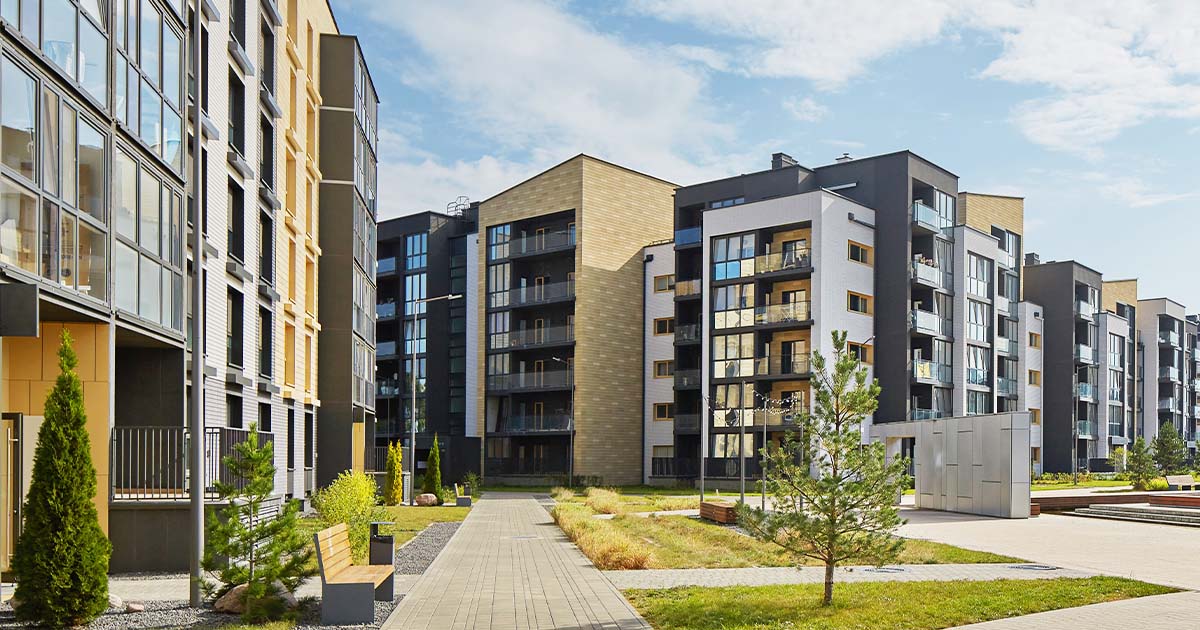Care Home in the green belt approved

The battle over development in the greenbelt continues to rage with the Prime Minister restating the Tory party pledge to protect the greenbelt following Kier Starmer’s comment that it should be built on “where appropriate”.
On the ground (pun intended), appeals against local authority refusals to grant planning permission for development in the greenbelt are being allowed. Last week saw planning permission granted on appeal for the redevelopment of a site in the green belt comprising the demolition of a non-designated heritage asset and the erection of a new care home (Class C2) including a dementia centre.
It was accepted that the proposal was inappropriate development in the green belt. However, the Inspector found that the benefits of the scheme (primarily the need for such a facility) clearly outweighed the definitional green belt harm, the negligible harm arising from the loss of openness and the harm arising from the total loss of a non-designated heritage asset. Accordingly very special circumstances existed and the appeal was allowed.
At appeals for Use Class C3 housing development in the greenbelt a lot of time is often spent arguing over the extent of unmet housing need in the local authority’s area. Establishing the extent of unmet need for care home beds is often even harder and clearly a lot of inquiry time was taken up at this appeal trying to establish if the extent of the unmet need was “significant”. The difficulties are in part due to the range of care models available which often lead to planning applications for developments where the residents will have specific care requirements eg dementia care, care for those aged 80+ . However, need assessments carried out by local authorities often use data from the Care Quality Commission based on the number of registered beds available (ie the maximum number permitted, but which may be more than the actual number provided) and apply that to their duty of care to provide support to all those over the age of 65. The data available is often not directly applicable to the proposed development so assumptions and extrapolations need to be made. As the inspector noted, “the complexity of the data, together with differing methods for projecting future need, using different assumptions and definitions, makes deriving reliable figures over an extended period inherently problematic”.
Given the local and national politics surrounding development in the green belt, many care home developers with green belt sites will be anticipating a refusal of any planning application at the local level and will factor in an appeal into the development programme. However, as this appeal demonstrates, a lot of time will be required to present a clear, justified need argument and inquiry times are likely to be lengthier to allow for such arguments and the related evidence bases to be properly analysed. Many in the industry were frustrated that the Government’s proposed changes to the NPPF did not go far enough in requiring local authorities to allocate sites for retirement living/care homes which would remove some of these lengthy arguments around need.



